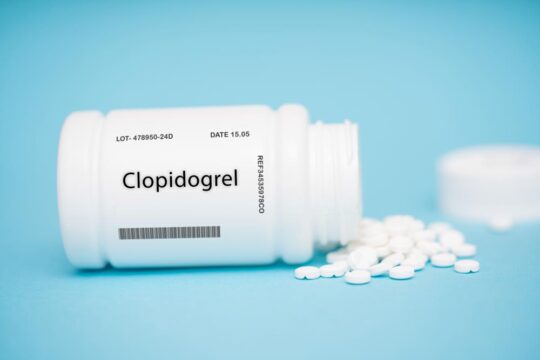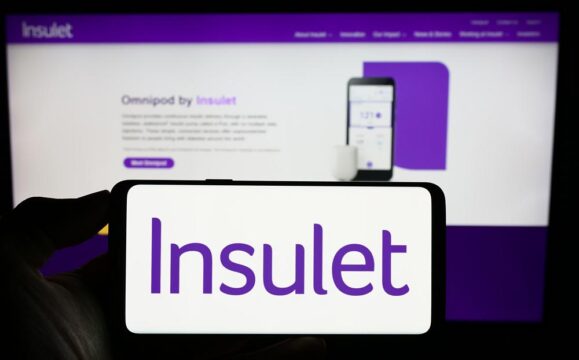Advertisment
ILTS 2012 Report – Stereotactic body radiation therapy may help HCC patients on liver transplant list
by Thomas R. Collins – Stereotactic body radiation therapy (SBRT), or radiosurgery, is effective in treating hepatocellular cancer (HCC) tumours that are unresectable and it can act as a bridge for patients on the liver transplant list, a researcher said here at the 18th International Congress of the International Liver Transplantation Society.
Patients getting the treatment all managed to make it to transplantation after an average wait of nearly 4 months, and suffered minimal toxicity, said John O’Connor, MD, of the Baylor Radiosurgery Center of the Baylor University Medical Center in Dallas, Tex.
Radiotherapy has not commonly been used for treatment of HCC tumours, in part because of concerns about radiation-induced liver disease. This is in spite of advances in imaging and the use of computers to help with the accuracy of the treatment to protect surrounding tissues.
With SBRT, tumours are identified with MR and CT scanning. Then geographic “landmarks” known as fiducials are placed around the tumour, helping target the tumour and track it during respiration of the patient.
A computer-generated treatment plan maximizes the dose of the treatment to the tumour and minimizes the dose to the surrounding, healthy tissue. SBRT is given in 1 to 5 treatments over 1 or 2 weeks.
It is given at higher doses of radiation compared to conventional radiation therapy — 8 to 20Gy compared to 1.8 to 2Gy. And while traditional therapy uses 4 beams, SBRT uses 50 to 250 beams for much more coverage of the tumour.
Researchers treated 50 patients between 2005 and 2011, with 10 of them on the liver transplantation list and 40 patients with tumours that were unresectable. SBRT was given to patients who had failed conventional therapy or were not eligible for further conventional therapy.
The patients were treated with 3 fractions on 3 consecutive days.
Among the patients being bridged to transplant, 7 had Hepatitis B, 1 had Hepatitis C, and all 10 had cirrhosis. Their median tumour size was 3.4cm and their median SBRT dose was a total of 51Gy.
Among the 40 other patients, 22 had Hep B, 3 had Hep C and all had cirrhosis. Their median tumour size was 3.7cm and their median SBRT dose was a total of 48Gy.
None of the patients waiting for a transplant dropped off the waiting list because of tumour progression after SBRT and their median wait time after treatment was 113 days.
Four of those 10 patients had grade 1 or 2 toxicity but none suffered radiation-induced liver disease and there were no differences in post-transplant morbidity or hospitalization compared to control subjects or RFA or TACE patients. There were also no wound healing, portal venous or HA complications.
The organs were examined after transplant. In 3 of the 11 tumours, there was no viable HCC. Of the 8 remaining tumours, 2 were stable and the other 6 had decreased in size by an average of 59 percent in diameter.
The 5-year disease-free survival rate was 100 percent.
Among the patients not on the waiting list, 20 percent had toxicity, with one having Grade 4. But there was no radiation-induced liver disease.
Dr O’Connor said the technology should be considered an option for patients hoping to stay healthy enough to get a new liver.
“In this small pilot series, no patients dropped off the wait list,” he said. “Excellent local control was demonstrated based on explant pathology. And it may enable patients to remain on the wait list.”





